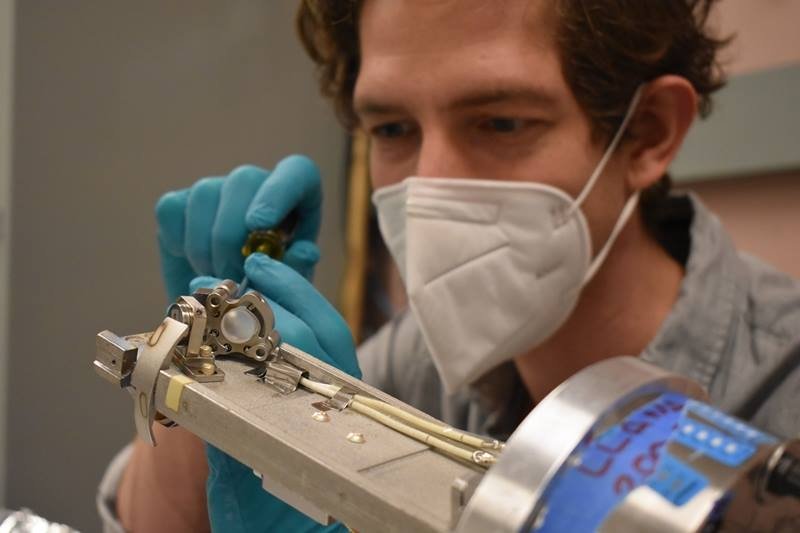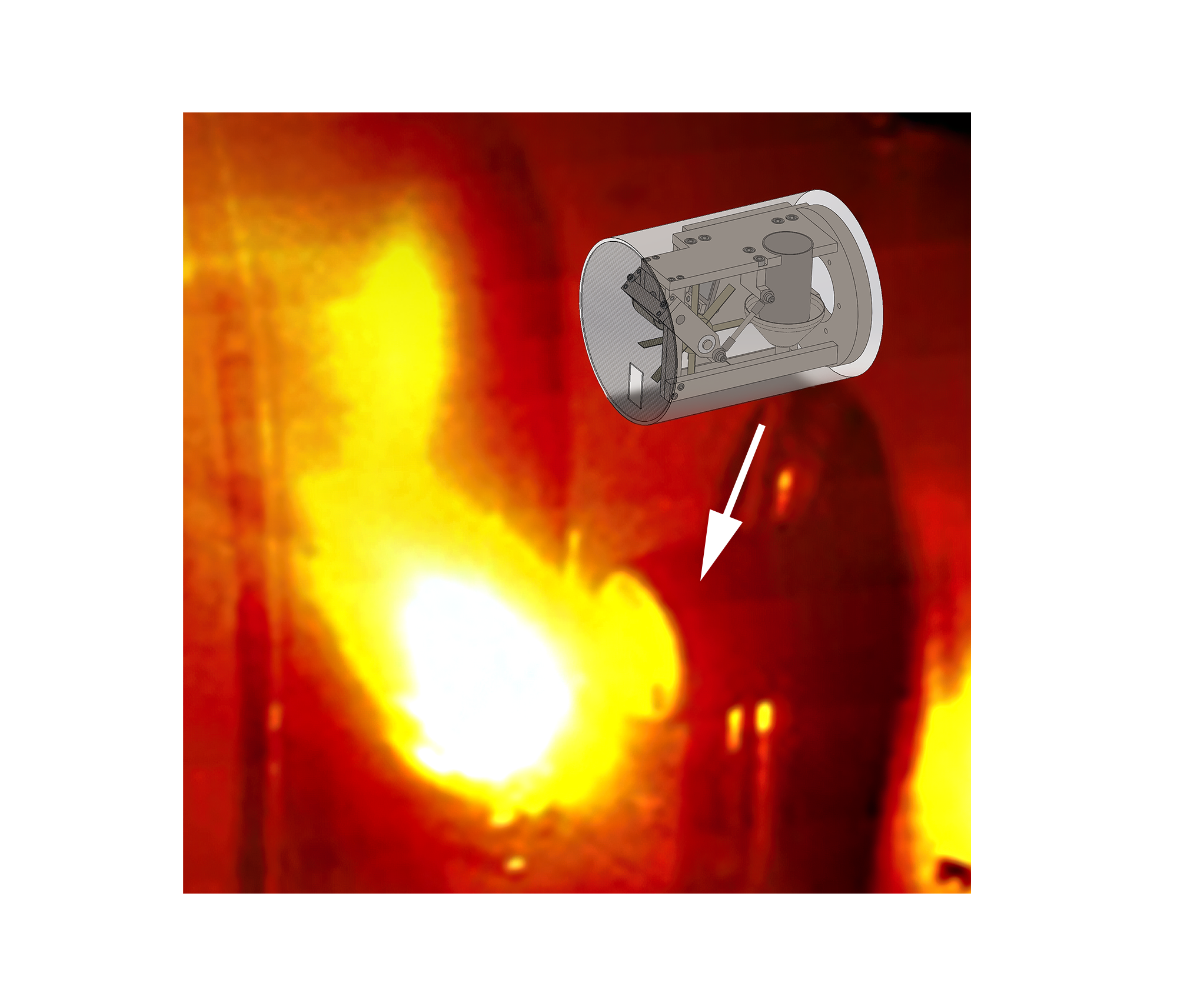Mechanical and aerospace engineering faculty at The University of Alabama in Huntsville (UAH) have won a pair of research awards totaling $750,000 to collaborate with the Los Alamos National Laboratory (LANL) on research to advance knowledge toward one of the most sought-after goals of plasma physics, plasma fusion energy. This project marks the first experimental collaboration between the university and the LANL, helping to bring fusion and high energy density (HED) plasma research to UAH, a part of The University of Alabama System.
Tag: Fusion energy research

Researchers Stick Out Their Necks to Understand How Fusion Plasmas Fuel Up
The nuclei that smash together to produce fusion energy in a reactor originate from ionized neutral particles. The edges of fusion devices have large numbers of neutrals available to gain or lose electrons to become ions. These neutrals influence several important features of the plasma, including the rate at which the plasma fuels a reactor. A new pinhole camera system called Lyman-alpha Measurement Apparatus (LLAMA) on the DIII-D tokamak helped researchers better understand these neutrals.
Hot Core and Cool Walls Lead to Better Fusion Containment
Creating an efficient fusion plasma in a tokamak requires a plasma with an extremely hot core but edges cool enough to protect the tokomak walls. Researchers at the DIII-D National Fusion Facility developed a solution that uses the active injection of gases to cool the edge coupled with enhanced core confinement.
Department of Energy Announces $6.4 Million for Research on International Fusion Energy Facilities
Today, the U.S. Department of Energy (DOE) announced $6.4 million in funding for U.S. scientists to carry out seven research projects at two major fusion energy facilities located in Germany and Japan.
Not Just Disturbance: Turbulence Protects Fusion Reactor Walls
To operate successfully, ITER and future fusion energy reactors cannot allow melting of the walls of the divertor plates that remove excess heat from the plasma in a reactor. These walls are especially at risk of melting when heat is applied to narrow areas. Now, however, an extreme-scale computing analysis indicates that turbulence will reduce that risk.

PPPL presents discoveries and plays a prominent role at global physics gathering
Article describes PPPL’s discoveries and prominent role in the 62nd American Physical Society-Department of Plasma Physics annual meeting.